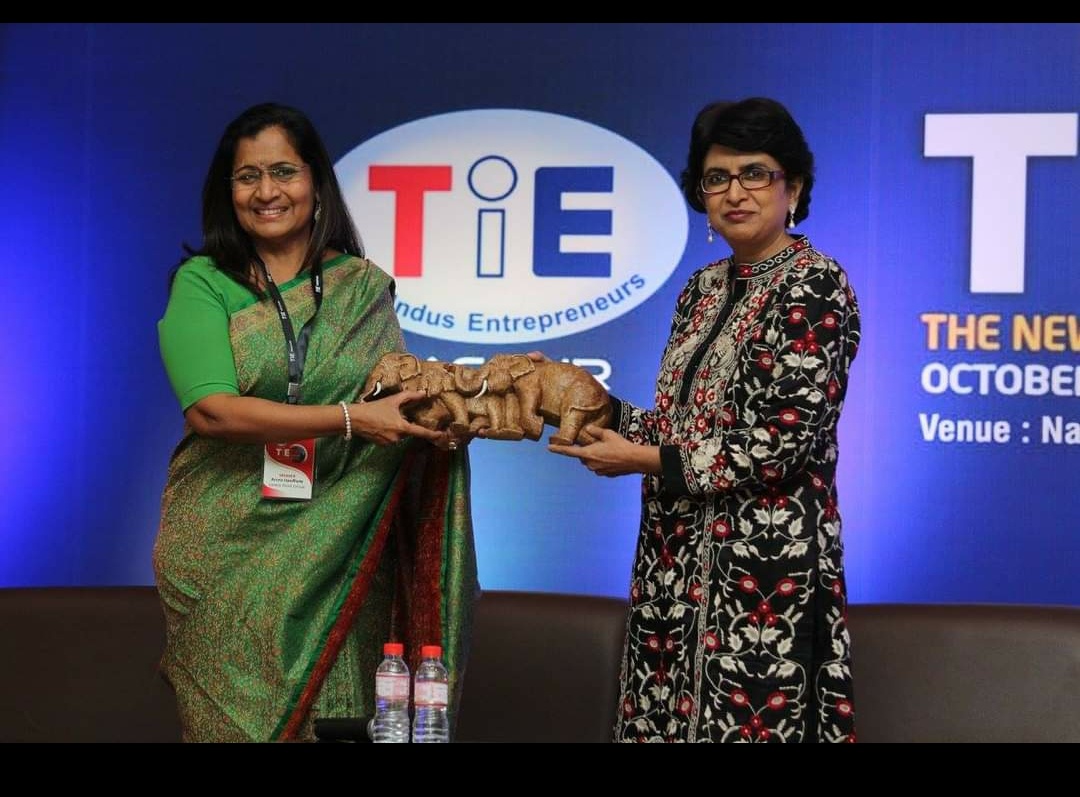Train the resource properly – 07 Dec 2010
“The new undergraduates fall short of the expectations of the employers with regard to self motivation, self discipline, empathy for other workers and management, willingness to learn, good written communication and basic computer skills” says FICCI through a survey conducted by them recently. This is something that all of us as human resource development trainers have been saying for a long time. This is what the corporate sector has been suffering from a long time. The survey of FICCI comes as an authentication of the facts and should be appreciated by all concerned. It is important to note that the specific deficiencies have been identified and highlighted. Most of the factors mentioned above relate to the psychological dimensions of the personality and only the last two factors of poor written communication and computer skills relate to the technical skills.
This survey and its results have implications for the organisations as well as for the educational institutions that cater to students who go for higher studies. My experience with most organisations is that they give more emphasis on the technical training to the neglect of psychological dimensions. I have no research study at hand to quote of the ratio of technical versus behavioural inputs in terms of the HRD training programmes conducted by companies. As a behavioural scientist and a trainer it is my observation and experience that make me formulate the hypothesis of the neglect of behavioural training inputs. We all know that in times of resource crunch the first casualty is HRD. Rightly or wrongly it is thought to be an extraneous need and not an intrinsic one by the corporate sector. They would prefer, rightly, that they get sophisticated candidates who fit the bill and for whom the company may not have to provide the basic education and training. They do not want to spare a certain percentage of the budget for further training inputs is what bothers most of us. Most successful companies who take the HRD programmes seriously and quantify the benefits would vouch for its tremendous utility.
That brings us to the role of the second important principal in this phenomenon, and they are the educational institutes of higher learning. The students may have degrees of arts, science or commerce but have no or little practical experience of the concepts that they may have learnt. In Indian colleges and universities the application of principles are sorely missing as part of the education. The theories are taught, reference work in libraries are not encouraged, there are examination guides which students mug up instead and pass the exam. As if getting the degree is the only high point of education, the rest is taken care of by society! This is a tragic situation of our country and it needs to be turned on its head. Give more importance to application of principles and put the students to work. Let the college be a hub of activity with seminars, presentations, projects, research and reference work and there be enough range of subjects to choose from. This academic activity leads not only to intellectual stimulation but also to personality development and growth. It leads to better communication (what FICCI bemoans) both verbal and written. It also leads to self motivation, self discipline, and willingness to learn. Should we hold the colleges responsible for the lack of such qualities in students and candidates for jobs? Of course we should. The training makes the man/woman. When the training at college level is inadequate, ineffective, and insignificant the poor student is only a victim of the rotten system. If he lives and learns in a stimulating, intellectual, healthy, competitive and creative environment of the college, under the competent supervision of the professors, his personality blooms. The same flower withers away in a forlorn, monotonous,dull and dead desert of learning. Most undergraduate colleges are boring, dull, inactive and uninteresting places where students find themselves in a predicament and have to suffer the three to four years of drudgery and get a degree. When I refer to this phenomenon I am talking not of the colleges that are exceptions but the colleges that cater to the growing masses of students who come from villages and towns and smaller cities. When we look at the bigger picture we understand the reality in its true colour. That’s where the problem lies.
Published in The Hitavada Future – 07 Dec 2010









